Mobile payment revenue to double
 |
Market researcher Frost & Sullivan estimates that m-payments could exceed billings of $3.6 billion in 2015, at a compound annual growth rate of 14.8 per cent during 2010 and 2015. Payment through SMS will retain its dominant method of m-payment in the next five years.
The estimate was made at the company’s new analysis 2010 Asia-Pacific Mobile Payments Outlook on 18 Asia-Pac nations including Japan. The analysis found that contactless payments via the NFC (Near Field Communication) channel will increase in popularity to account for 23 per cent of all m-payments in 2015, from only 12 per cent last year.
The SMS method will retain its dominant position in the mobile payment channel till 2015 from nearly 82 per cent of total transactions in 2009, albeit dropping to about 67 per cent.
Other payment channels such as WAP (Wireless Application Protocol) and DMB (Direct Mobile Billing) are not expected to rise through to 2015 after contributing small fractions to m-payments in 2009.
“Having one of the most advanced mobile cultures in the world, Japan and South Korea lead the region in the adoption of mobile payments,” said Frost & Sullivan industry analyst Shaker Amin.
He added that the relatively less developed mobile markets such as China, India, Indonesia and the Philippines, where access to traditional banking services is highly skewed against the rural mass population, are showing rapid take-up of mobile banking services including person-to-person (P2P) transfers and remittances.
“Even in emerging markets such as Bangladesh, Pakistan and Sri Lanka - although limited to mostly SMS-based bill payments and micro credit transfers - m-payments services are increasingly becoming popular,” he said.
Amin said the emerging markets also have good potential for mobile remittance services due to the large population of workers residing in other countries.
“In sharp contrast, despite having one of the highest mobile penetrations in the region, Hong Kong, Singapore and Taiwan have shown little adoption of m-payments to date. Contactless payments in these markets are primarily driven by the use of smart cards as opposed to m-payments,” he said.
What the stars mean:
★ Poor ★ ★ Promising ★★★ Good ★★★★ Very good ★★★★★ Exceptional
Related Contents
Latest News
More News
- The promotion of ESG via banking (November 21, 2024 | 09:32)
- Standard Chartered committed to Vietnam’s financial success (November 21, 2024 | 09:24)
- Full ESG adoption the priority for Agribank (November 21, 2024 | 09:07)
- Banks entice youth with tech advances (November 21, 2024 | 08:00)
- ESG represents a shift towards sustainability for banks (November 20, 2024 | 13:00)
- GGGI supports Vietcombank’s debut of $80 million green bonds (November 20, 2024 | 11:20)
- SHB and the ESG journey: creating social value in every step (November 19, 2024 | 15:00)
- Banking sector contributes to ESG, green growth, and sustainable development (November 19, 2024 | 14:42)
- ESG implementation in banking: from awareness to action (November 19, 2024 | 12:08)
- VIR hosts 'ESG in Banking: Leading Through Implementation' conference (November 19, 2024 | 11:14)




 Tag:
Tag: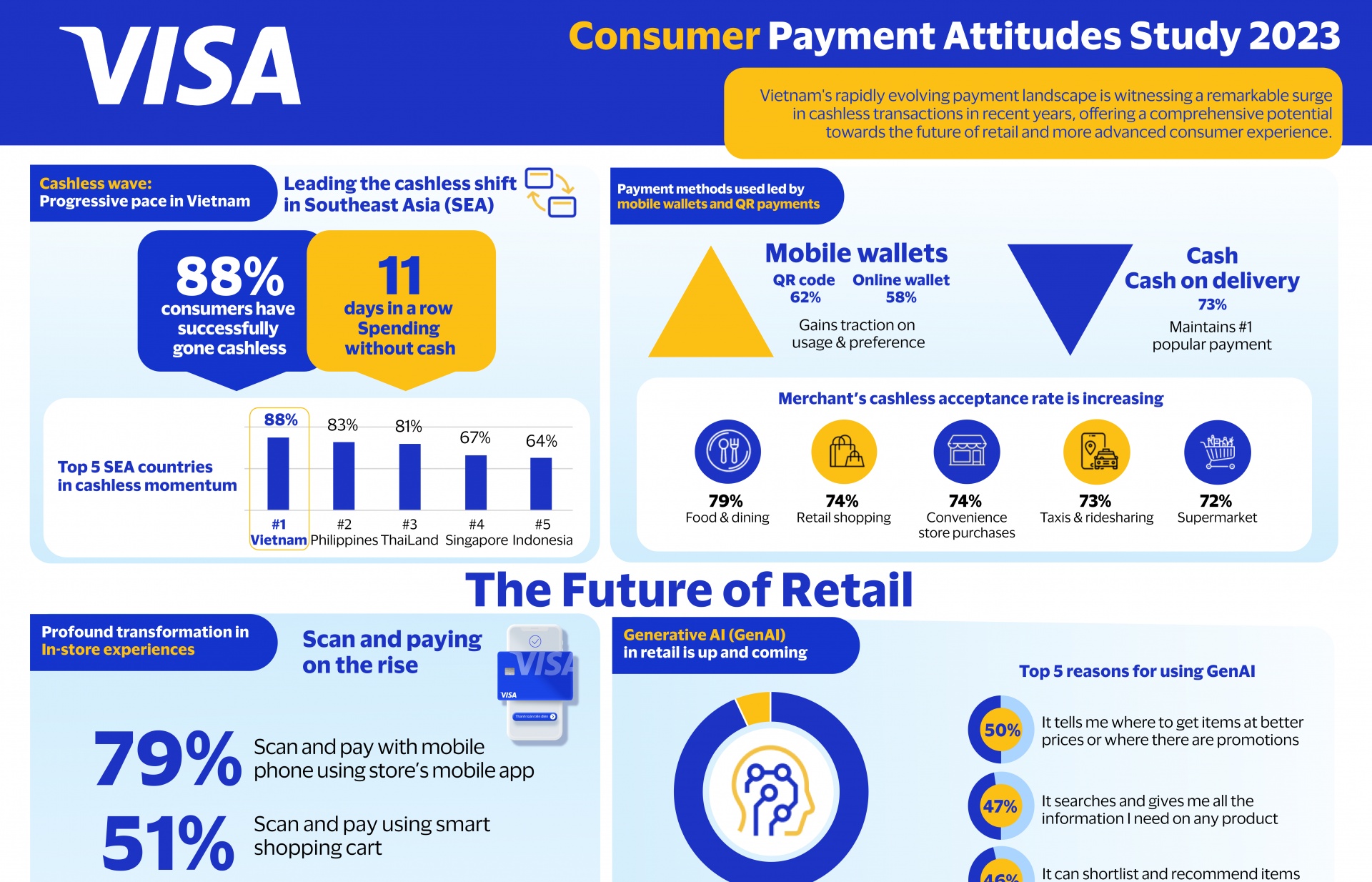
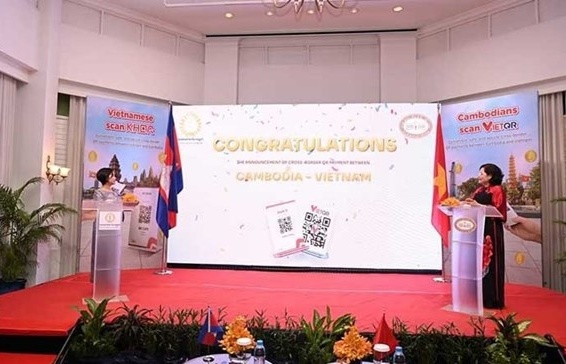



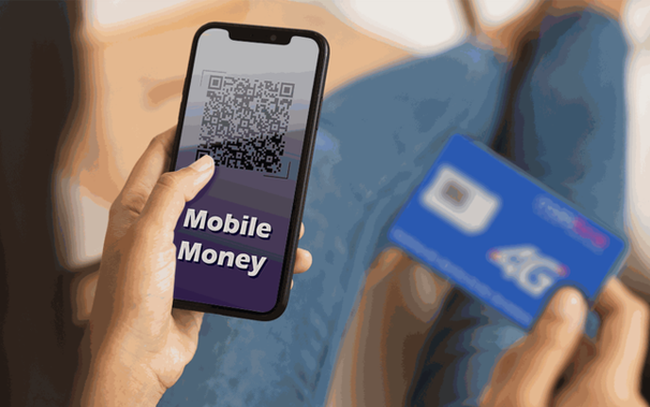

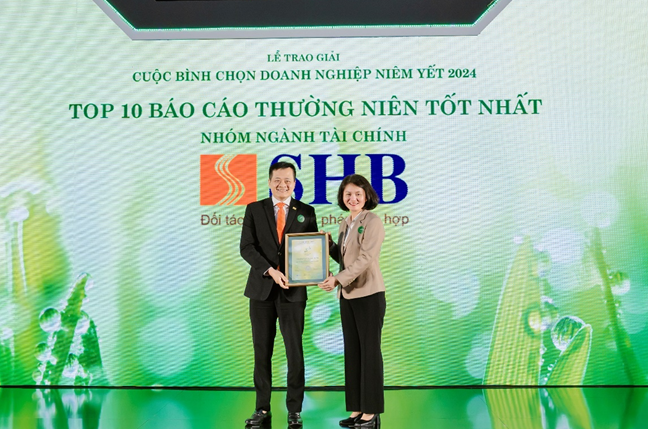

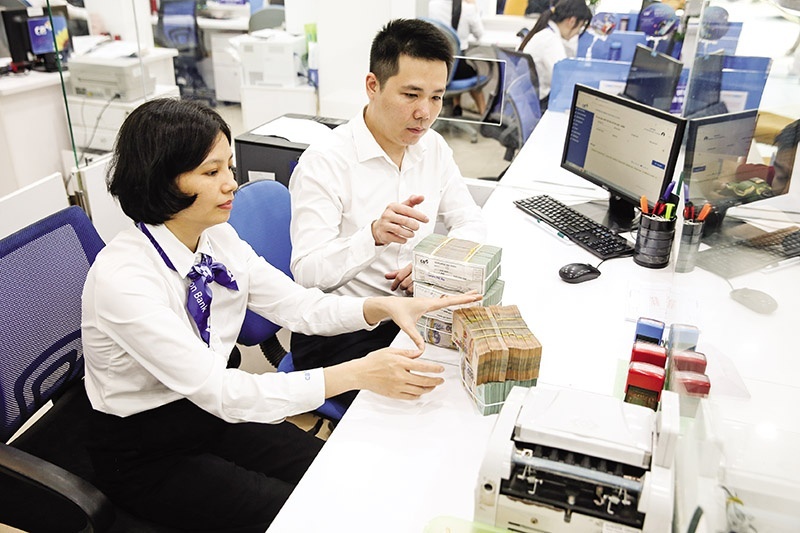
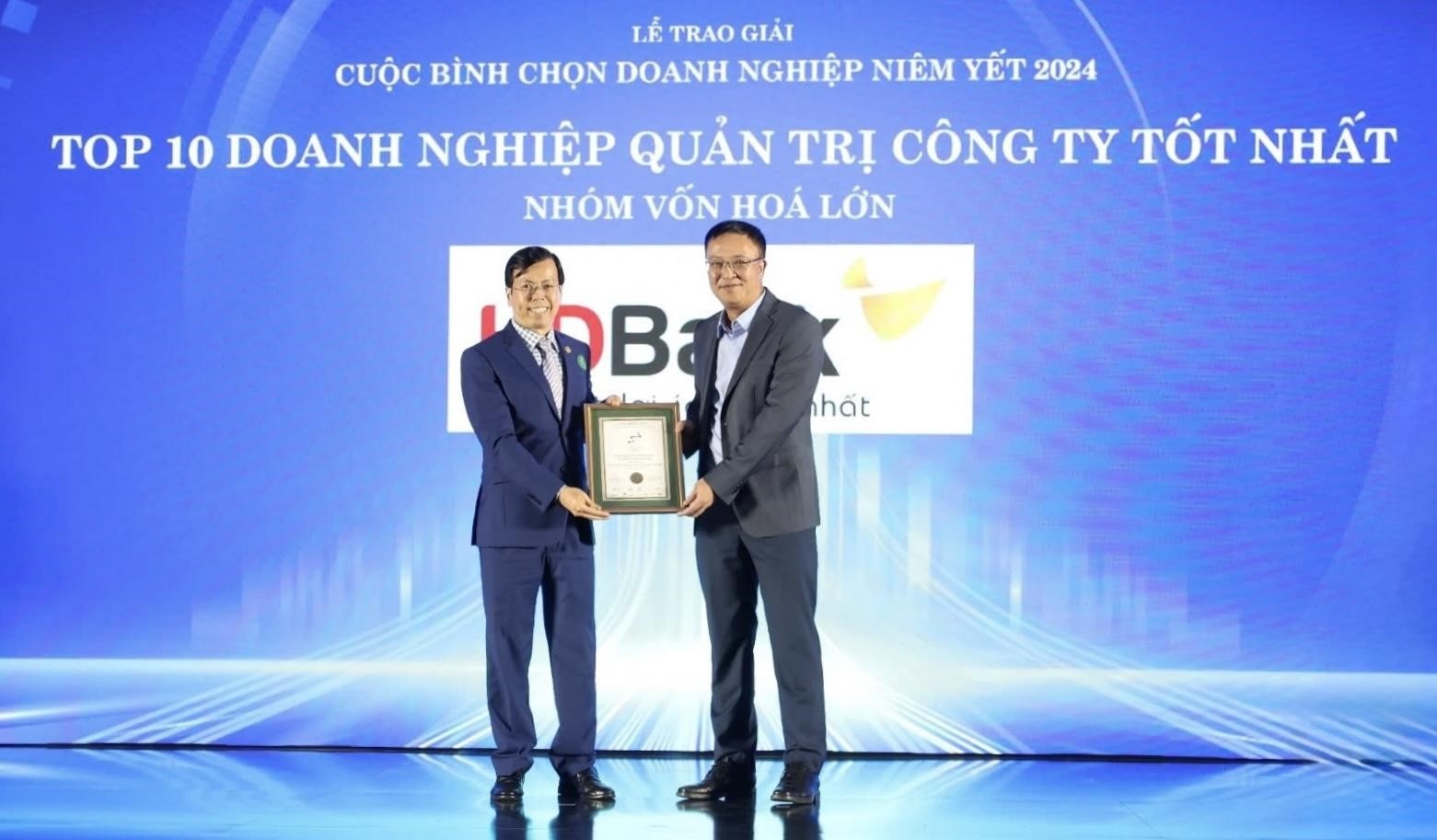




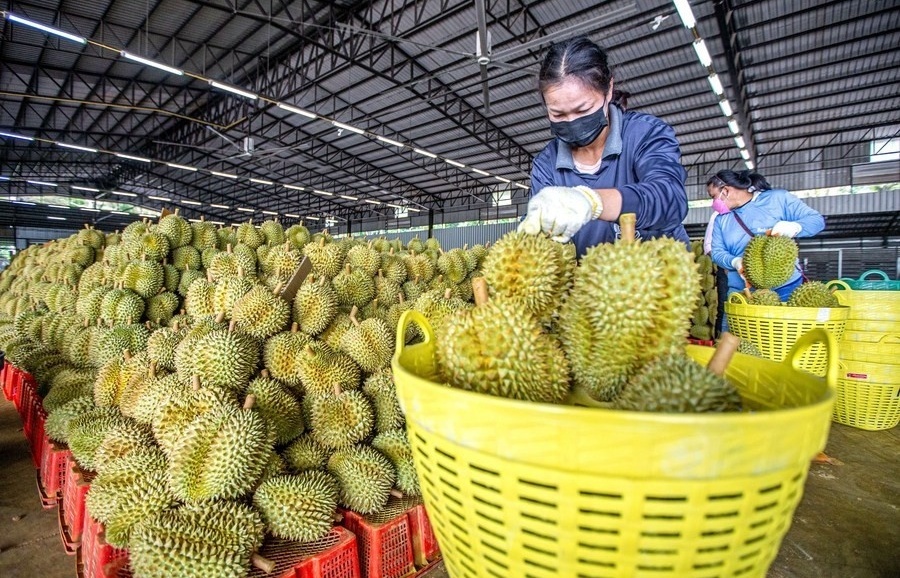


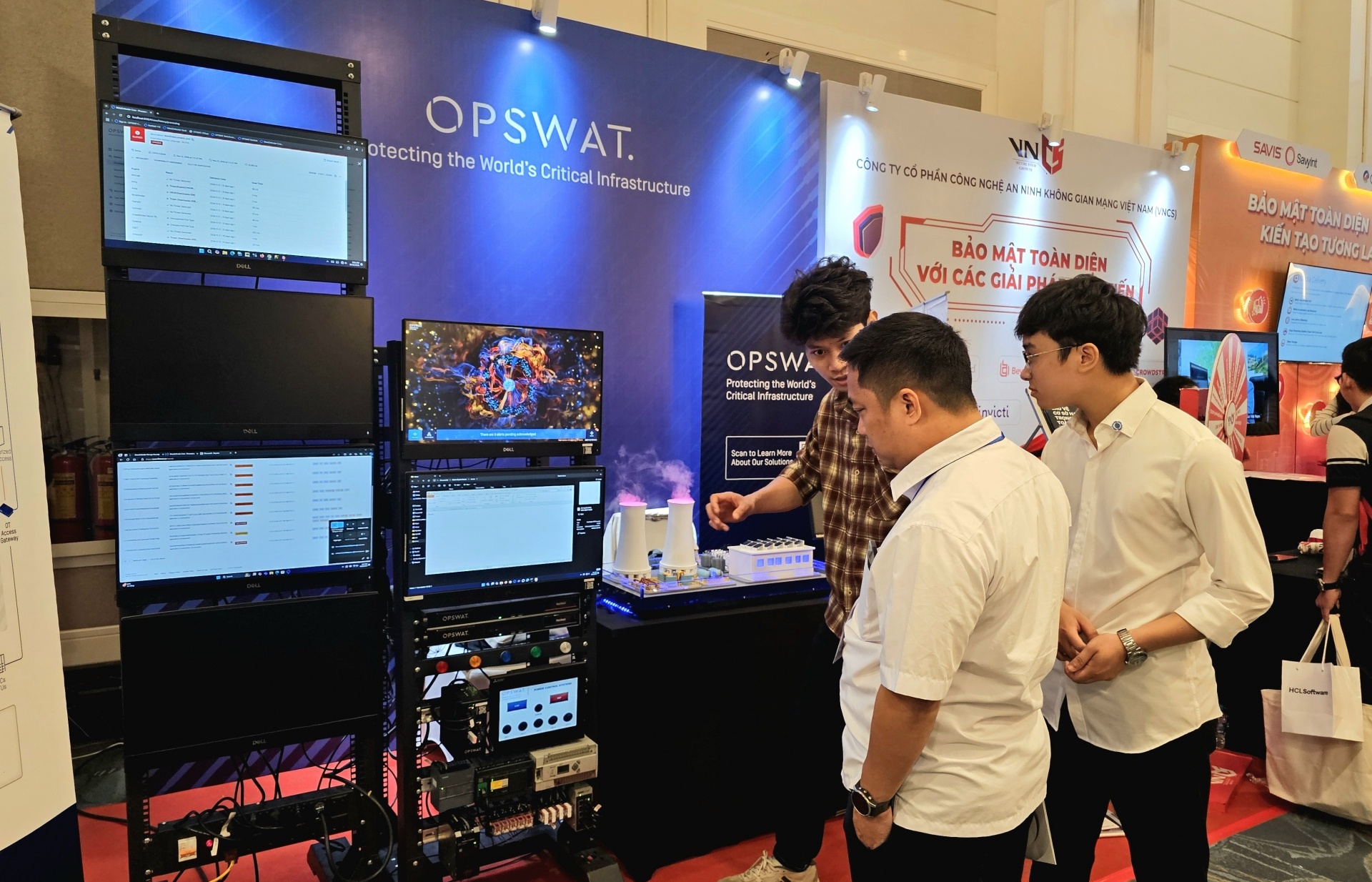



 Mobile Version
Mobile Version